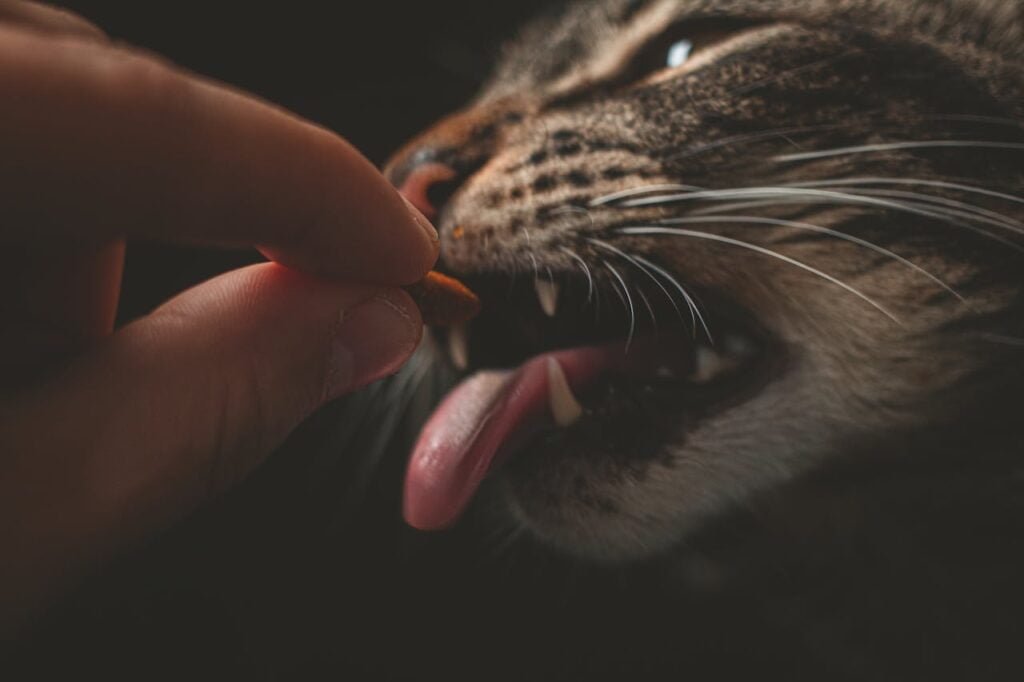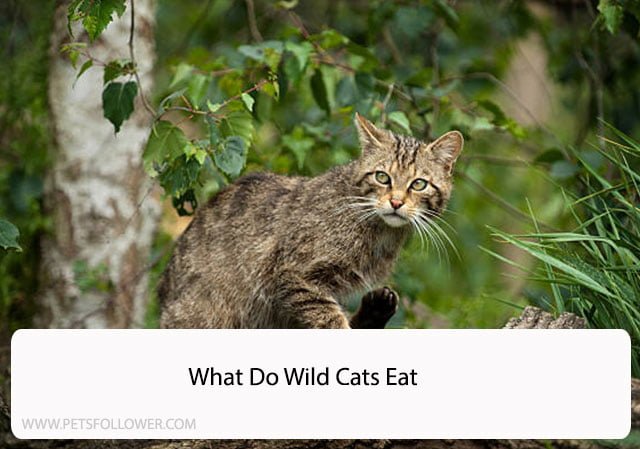
Getting cats to consume their food can be a difficult but worthwhile endeavor. Cats are recognized for their independence and perhaps erratic eating patterns. Nonetheless, it is feasible to teach cats to eat their food correctly if you have the correct attitude, patience, and consistency. In order to help cat owners accomplish this aim and make sure that their feline companions are healthy and fed, this thorough guide will examine a variety of techniques and tactics.
Understanding Your Cat’s Eating Habits
Understanding a cat’s natural eating patterns is crucial before attempting any teaching methods. Since cats are obligate carnivores, meat makes up the majority of their diet. Cats, as opposed to dogs, would rather have several tiny meals throughout the day as opposed to one big one. Wild cats’ innate hunting instincts are the reason behind their grazing activity, as they usually capture multiple small prey species daily. Knowing this can make it easier to create a feeding schedule that complements a cat’s innate preferences.
Cats have distinct preferences for textures and tastes as well. While some might like wet food, others would prefer dry kibble. Training a cat to eat consistently requires understanding their preferences, which can be gained by seeing how they respond to various foods. A new diet can be introduced to cats gradually, combining new items with well-known ones to prevent stress or aversion.
Establishing a Feeding Routine
When teaching cats to eat, consistency is essential. Cats can benefit from routine development, which lowers anxiety and enhances eating habits, by having a regular feeding schedule. When cats are fed at regular intervals throughout the day, they feel more predictable and are more likely to finish their food quickly. To replicate their grazing behavior, this regimen should involve several small meals spread out throughout the day.
Selecting feeding times for cats that correspond with their innate activity patterns is crucial. Because they are crepuscular, cats are most active during dawn and dusk. A cat is more likely to be hungry and ready to eat if meals are scheduled during these periods. Eliminating uneaten food after a set amount of time can also deter finicky eating and support the feeding schedule.
Creating a Comfortable Feeding Environment
A cat’s eating habits can be greatly impacted by the surroundings in which it eats. A peaceful, secure, and quiet area is the best for feeding. Domestic activity, other pets, and loud noises can quickly cause cats to become anxious or disturbed. Cats can concentrate better on their food if they have a dedicated feeding space free from these distractions.
Selecting the appropriate feeding bowls is also crucial. Cats prefer wide, shallow bowls because they avoid whisker fatigue, which occurs when whiskers touch the sides of the bowl. Cats have an extremely keen sense of smell, so it’s important to keep the bowls clean and odor-free. They will also refuse to eat from a dirty bowl. There should always be access to fresh water, and some cats might prefer the sound of running water, which a cat fountain can give.
Utilizing Automatic Feeders
When teaching cats to eat their food, automatic feeders can be a very helpful tool. These gadgets can automatically administer pre-measured food servings at predetermined intervals, guaranteeing cats a regular mealtime experience. Those with many cats that require different feeding schedules or homes with hectic schedules can find this very helpful.
Choosing an automatic cat feeder for wet food that is appropriate with cats who enjoy wet food will keep the food fresh and tasty. Additionally useful for controlling portion sizes, avoiding overindulgence, and upholding a healthy weight are automatic feeders. Although teaching cats to use automatic feeders can need some effort, the constancy they offer can greatly enhance their eating patterns.
Monitoring and Adjusting the Feeding Plan
The success of any feeding plan depends on regular observation of a cat’s eating patterns and general health. Monitoring a cat’s behavior, weight, and hunger can help detect problems early on. Modifications in eating patterns or abrupt weight gain or loss can be signs of health issues that need to be seen by a veterinarian.
In order to keep the feeding plan effective and match the cat’s nutritional needs, it is important to make necessary adjustments. The nutritional needs of older cats can vary, requiring modifications to the kind of food, amount given, or frequency of feedings. Making educated feeding decisions for cats can be aided by keeping up with the most recent findings in cat nutrition research and seeking advice from a veterinarian.
Conclusion
Understanding cats’ innate tendencies, implementing positive reinforcement, setting up a reliable schedule, and furnishing a cozy dining space are all necessary for teaching them to eat. The feeding plan can be made even more effective by addressing fussy eating, promoting physical activity, and using devices like automatic feeders. Ensuring that the strategy continues to be appropriate for the cat’s needs requires regular monitoring and modifications. Cats can be trained to acquire good eating habits that improve their general health if they are given enough time and effort.











